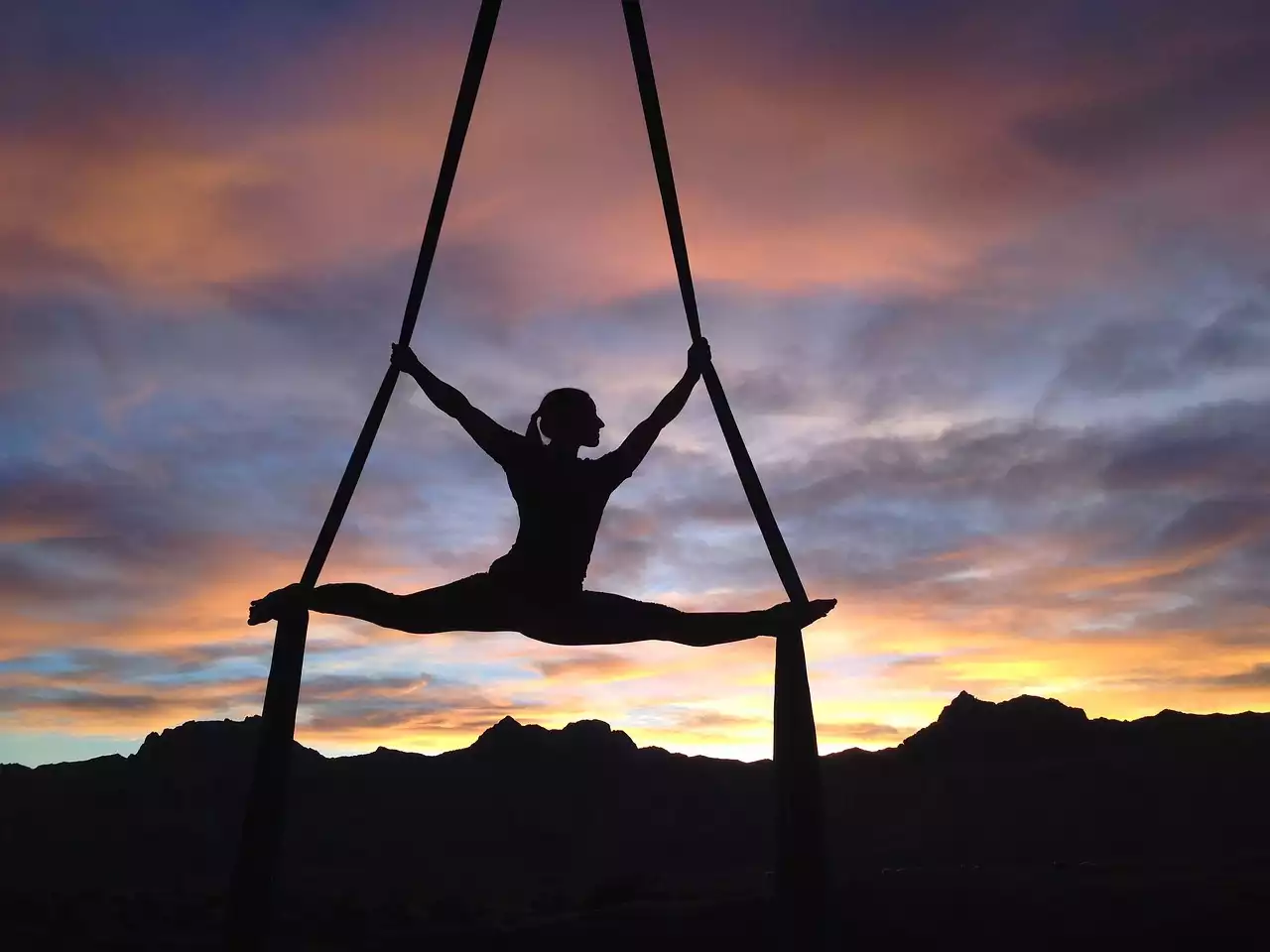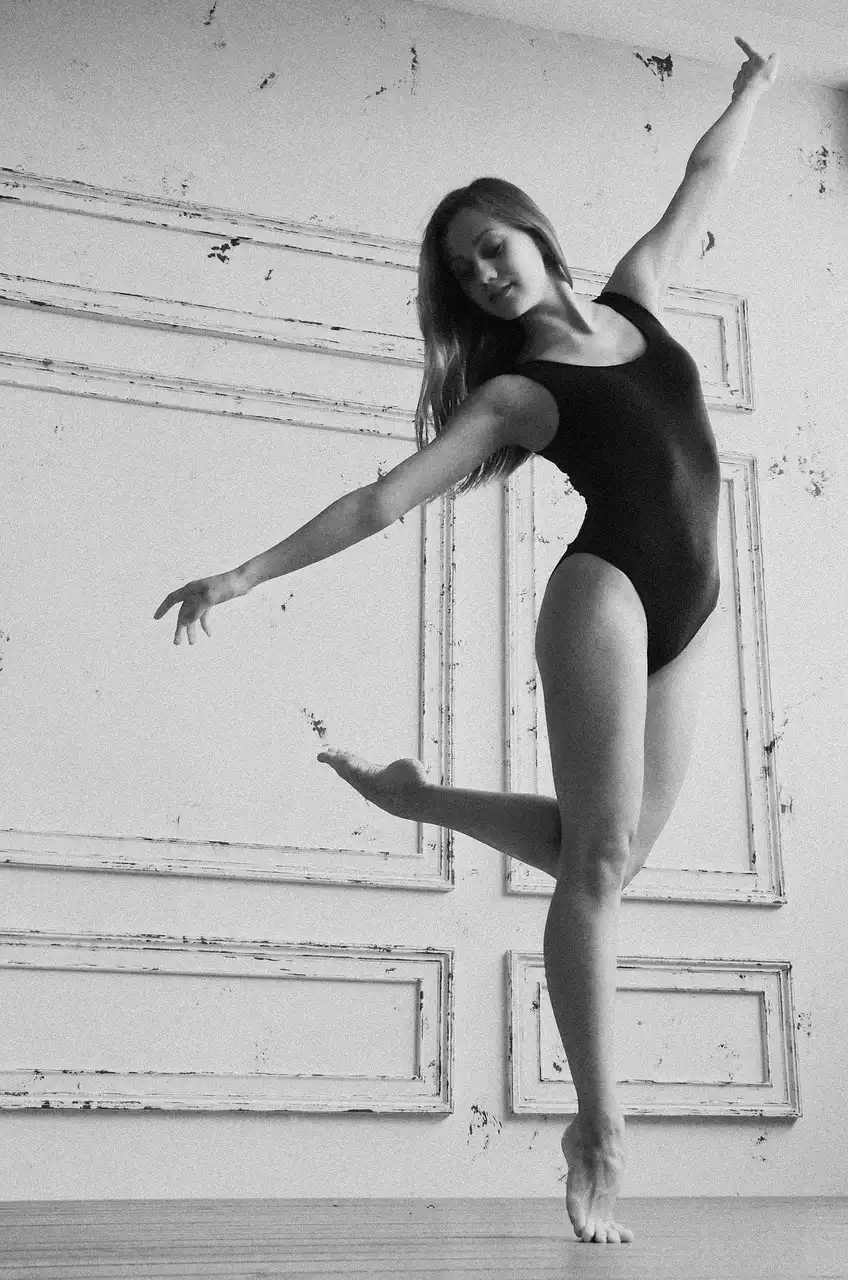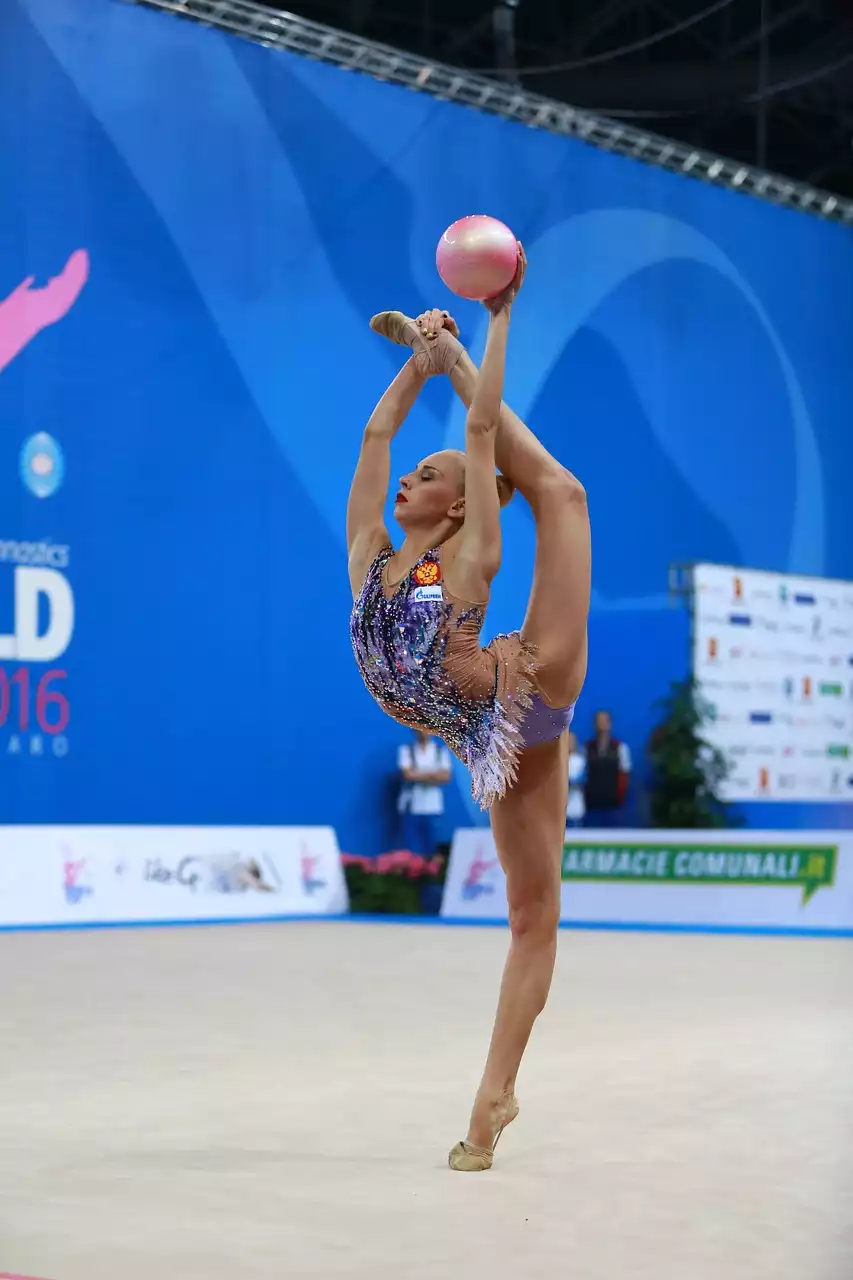The History of Gymnastics in the Olympics
The history of gymnastics in the Olympics is a long and varied one. In 1896, at the first modern Olympics, there were only two gymnastics events: the horizontal bar and the parallel bars. Since then, the number of gymnastics events in the Olympics has grown immensely, with more events added to every Olympics.
At the start, gymnastics was mostly dominated by men, but women began to participate in the 1920s, and by the 1936 Olympics, women were competing in all the events. In 1948, the International Federation of Gymnastics (FIG) became the governing body of gymnastics in the Olympics, and since then, the sport has grown exponentially.
Gymnastics has also undergone many changes since its early days. In the 1920s, the vaulting event was introduced, and the rings were added to the men's program in 1932. The uneven bars were added to the women's program in 1952, and floor exercises were introduced in 1976.
Today, gymnastics is one of the most popular sports in the Olympic Games, with millions of fans tuning in to watch the competition every four years. The sport has become increasingly technical, with athletes now performing complicated routines with a high degree of difficulty.
Different Gymnastics Events at the Olympics
The Olympic Games feature a variety of different gymnastics events. In the men's program, there are six events: floor, rings, vault, parallel bars, horizontal bar, and pommel horse. In the women's program, there are four events: vault, uneven bars, balance beam, and floor.
The floor event is the most popular of all the events, as it is the most creative and artistic. In this event, gymnasts perform a routine that combines elements of dance, acrobatics, and gymnastics. The vault event is also very popular, as it requires gymnasts to perform powerful and explosive movements while flying through the air.
The rings and the parallel bars are two of the most physically demanding events. The rings require strength, agility, and balance, while the parallel bars require a great deal of strength and coordination. The horizontal bar and the pommel horse are more technical events that require precision and grace.
The Physical and Mental Challenges of Gymnastics
Gymnastics is an extremely demanding sport that requires a high level of physical and mental strength. Gymnasts must be able to control their bodies and maintain focus while performing complicated and dangerous routines. It also requires a great deal of flexibility, coordination, and agility.
Gymnasts must also be able to handle the pressure of competing in front of a large crowd. They must be able to block out the noise and stay focused on the task at hand. This requires a great deal of mental strength and discipline, as well as the ability to stay calm under pressure.
The Legacy of Gymnastics in the Olympics
Gymnastics has been a part of the Olympic Games since the beginning, and it has had a huge impact on the sport. It has helped to popularize the sport, as well as inspire athletes from all over the world to pursue their dreams.
Gymnastics has also played a major role in the development of modern sports science. It has helped to shape the way athletes train, as well as the way coaches and sports scientists approach the sport. It has also had a major impact on the way that people perceive physical activity, as it has helped to popularize the idea of physical fitness and healthy living.
The Rules and Regulations of Gymnastics
Gymnastics is a highly competitive sport, and it follows strict rules and regulations. The International Federation of Gymnastics (FIG) sets the rules for the sport, and all gymnastics competitions must follow these rules.
The rules of gymnastics are designed to ensure that the competition is fair, safe, and competitive. In all competitions, gymnasts must adhere to the FIG Code of Points, which sets out the requirements for each event. This includes details such as the types of moves that are allowed, the timing of moves, and the scoring system.
Famous Gymnasts Who Have Competed in the Olympics
Gymnastics is one of the most popular sports in the Olympic Games, and it has produced some of the greatest athletes of all time. Some of the most famous gymnasts who have competed in the Olympics include Nadia Comaneci, Mary Lou Retton, Shannon Miller, and Simone Biles.
Nadia Comaneci was the first gymnast to score a perfect 10.0 at the 1976 Olympics. She is widely regarded as one of the greatest gymnasts of all time, and her perfect 10.0 score is still considered one of the greatest achievements in Olympic history.
Mary Lou Retton won the all-around gold medal at the 1984 Olympics. She was the first American woman to win the all-around gold medal, and she remains an inspiration to aspiring gymnasts all over the world.
Shannon Miller won seven medals at the 1992 and 1996 Olympics, and she is considered to be one of the greatest female gymnasts of all time. She is also the most decorated American gymnast in Olympic history.
Simone Biles is the most decorated American gymnast in Olympic history. She is the first woman to win four gold medals in a single Olympics, and she has won a total of 19 Olympic medals.










